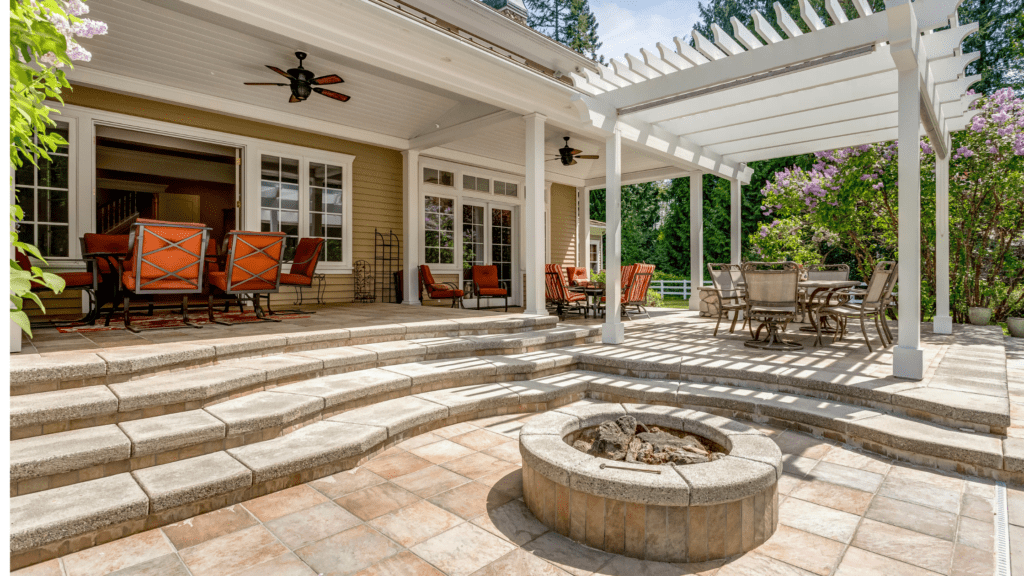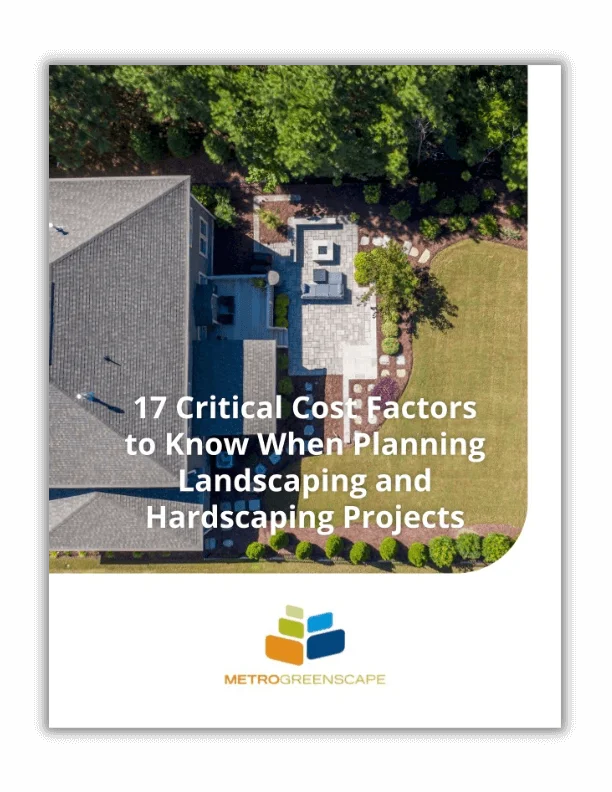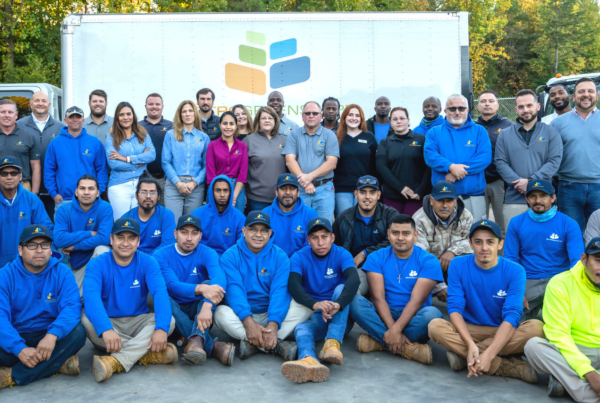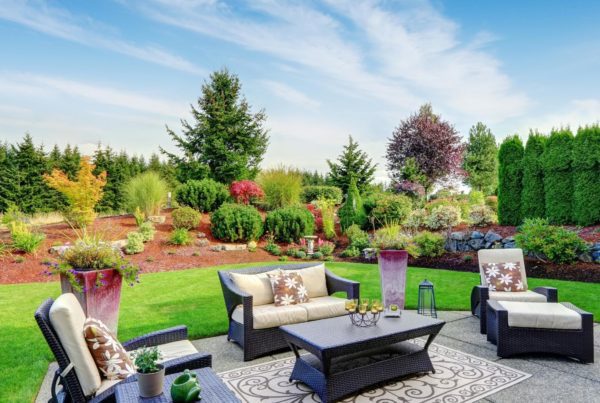It’s only natural that once spring or summer rolls around, our thoughts turn most to yard design and renovation projects: The warm weather and long days make us want to spend as much time outside as possible and rev up our hardscapes for relaxation and entertaining.
What many homeowners don’t realize is that fall and winter are actually ideal seasons to plan and install hardscapes. As a top-rated hardscaping company in Charlotte, NC, we of course offer our landscaping installation and maintenance services all year round, but we definitely think there’s a lot to be said for tackling major hardscape projects in the fall and winter.
Let’s explore in more detail why fall and winter definitely should be on your radar when it comes to scheduling a hardscaping project in or around Charlotte.
When is the Best Time to Start a Hardscaping Project & Why?
There are many reasons why fall and winter are the best times of year to start hardscaping projects. The major reason is timing: build your hardscapes in winter and you’ll be able to enjoy them come spring. Timing the design and constructions allows you to maximize your use of your hardscapes. But timing is not the only advantage to installing hardscapes in fall or winter. Let’s dig a bit deeper into why you ought to consider the “off-season” for getting this sort of work done.
Cost Savings
Generally speaking, winter is a slower time of year for landscapers. Sower demand means hardscaping supplies and labor are less expensive in fall and winter. That can certainly translate to greater savings on your end—or the ability to afford higher-quality materials or a more ornate design than you otherwise could.
Quicker Turnaround
The same lower demand for landscaping work in fall and winter also frequently means an all-around faster project completion compared to spring and summer. With fall hardscaping, materials tend to be quicker to acquire and crews aren’t trying to squeeze you into a jam-packed schedule which means the work can hum along at a swifter and steadier clip.
Less Damage to Your Yard
With most plants in their dormant period and the ground nice and hard, winter hardscaping packs less of a heavy punch on your property. Your lawn and soil are likely to sustain less damage from equipment, heightened foot traffic, and excavations associated with a hardscaping project during this stretch of the calendar.
Enhanced Weed Suppression
Given many weeds are also dormant, winter hardscaping can give you a major leg-up in the fight against them: Putting in pathways, patios, walls, and other hardscapes, as well as associated landscaping work such as mulching, can squelch those weed seed-beds before they can get going in spring.
Less Disruption
In fall and winter, you’re less likely to be actively using your yards, making this an attractive window for upgrading or renovating it by adding a hardscape. Furthermore, the noise of winter hardscaping won’t be as bothersome as it would be during summer when you’re more likely to have the windows open in your house.
Often Ideal Weather
Charlotte winters tend to have plenty of mild, sunny stretches prime for doing outdoor work—quite a bit more pleasant than the subtropical swelter and mugginess of a summer heatwave. Crisper temperatures can also in some cases directly benefit the nuts-and-bolts of certain hardscaping applications—making for a slower, more even drying process for mortar, for example.
Types of Winter and Fall Hardscaping Projects
Transform your property with a winter or fall hardscaping project that maximizes its aesthetic appeal, practical utility, and overall value while adding a whole new expression of your style and personality to your home. Here are a few examples of installations that your go-to hardscaping company in Charlotte, MetroGreenscape, can make happen!







